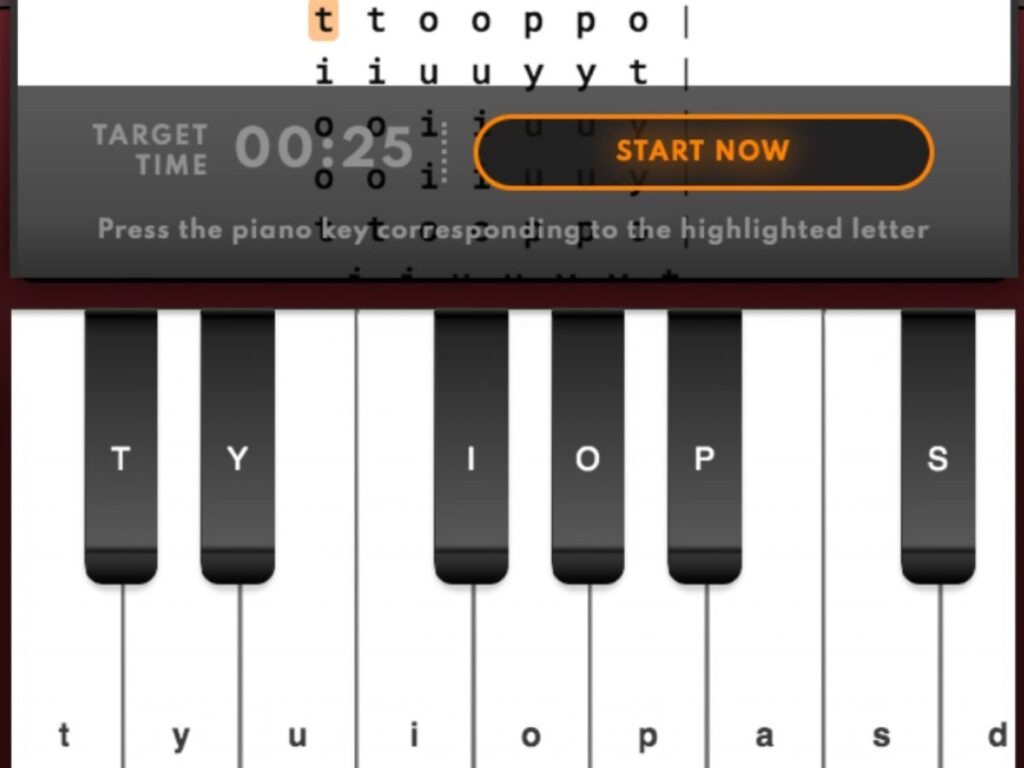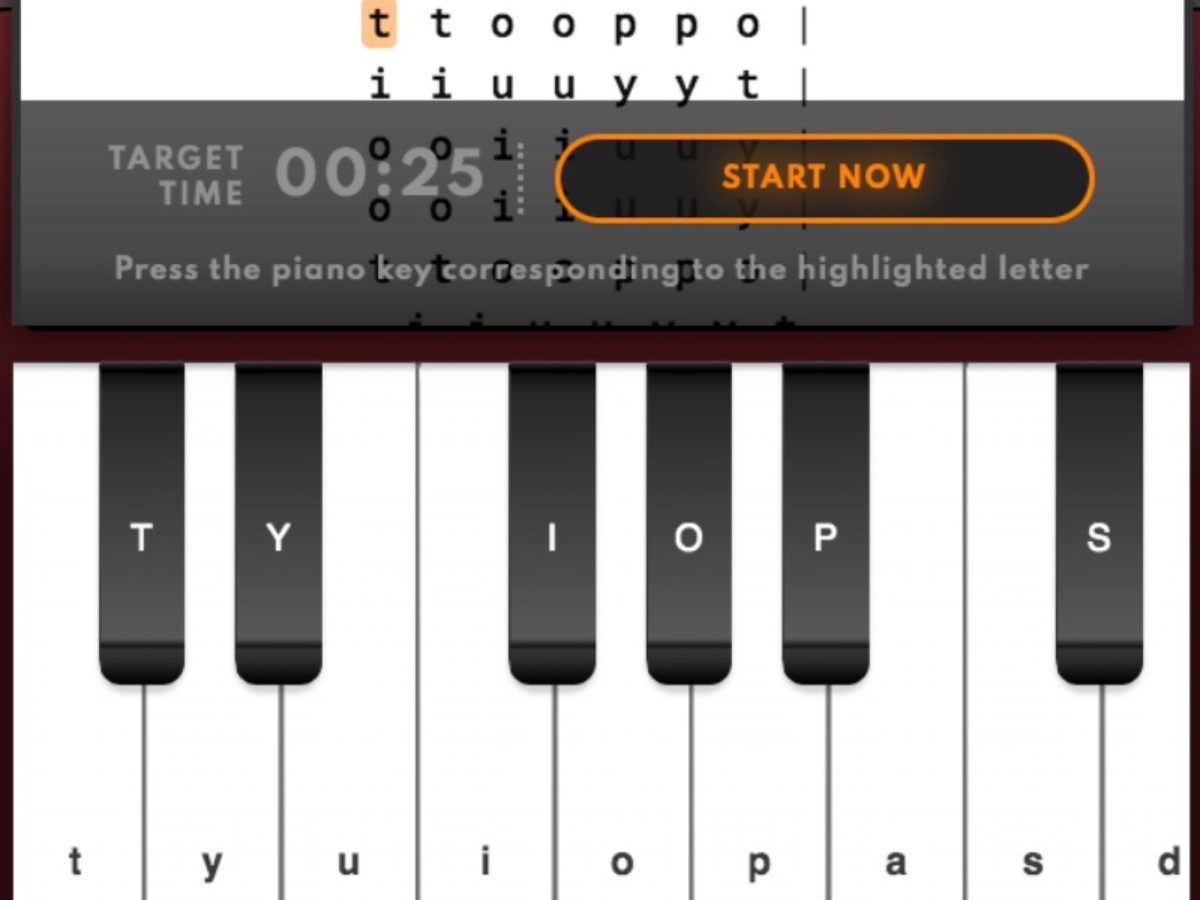
## Happy Birthday on Piano Notes: A Comprehensive Guide to Playing the Classic Tune
Want to play “Happy Birthday” on the piano? You’ve come to the right place! Whether you’re a complete beginner or an experienced pianist, this comprehensive guide will provide you with everything you need to learn and master playing “Happy Birthday” on piano notes. We’ll cover simplified versions for beginners, more advanced arrangements, sheet music resources, and helpful tips to make your performance truly special. Our goal is to provide an accessible and enjoyable learning experience for everyone, ensuring you can confidently play this beloved tune for any celebration. This guide stands apart by offering various skill levels and specific performance advice, ensuring you’re not just playing the notes, but creating a memorable musical moment.
### Why Learn “Happy Birthday” on Piano?
“Happy Birthday” is arguably the most universally recognized song in the world. Learning to play it on the piano offers numerous benefits:
* **Accessibility:** The basic melody is simple and easy to learn, even for beginners.
* **Versatility:** It can be adapted to various skill levels and playing styles.
* **Social Value:** Being able to play “Happy Birthday” makes you the life of any party or celebration.
* **Musical Foundation:** Learning this song can serve as a stepping stone to learning more complex piano pieces.
## Understanding the Basics of “Happy Birthday” on Piano Notes
Before diving into the notes themselves, let’s establish a fundamental understanding of the song’s structure and musical elements. This section will cover the key signature, melody, and basic chord progression.
### Key Signature and Melody
“Happy Birthday” is typically played in the key of C major or G major. C major is often preferred for beginners due to its lack of sharps or flats. The melody is primarily stepwise, meaning the notes generally move up or down by one step on the musical scale. This makes it relatively easy to memorize and play. The song’s simplicity is its strength, allowing for variations and embellishments as your skills improve.
### Basic Chord Progression
The most basic chord progression for “Happy Birthday” involves three chords: C major (I), F major (IV), and G major (V). Understanding these chords will allow you to accompany the melody and create a fuller, richer sound. Many pianists add a G7 chord to create a smoother transition back to C major. This progression provides the harmonic foundation for the song and can be adapted for different keys.
## Easy “Happy Birthday” Piano Notes for Beginners
This section provides a simplified version of “Happy Birthday” for absolute beginners. We’ll focus on the melody using numbered notation and then translate that to the piano keyboard.
### Numbered Notation
Numbered notation represents the notes of the scale with numbers 1 through 7. In C major, 1 = C, 2 = D, 3 = E, 4 = F, 5 = G, 6 = A, and 7 = B. Here’s the melody of “Happy Birthday” in numbered notation:
5 5 6 5 1’ 7
5 5 6 5 2’ 1’
5 5 5’ 3’ 1’ 6
4 4 3 1’ 2’ 1’
(Note: The apostrophe (‘) indicates a note one octave higher.)
### Playing on the Piano Keyboard
Locate middle C on your piano (it’s the C nearest the middle of the keyboard). Use the numbered notation above to find the corresponding notes and play the melody. Practice slowly and focus on accuracy. Once you’re comfortable, gradually increase the tempo. Many beginners find it helpful to label the keys with the corresponding numbers or letters initially.
### Adding Basic Chords for Accompaniment
Even with simple chords, your rendition will sound much fuller. While playing the melody with your right hand, try playing the following chords with your left hand:
* **C Major:** C-E-G
* **F Major:** F-A-C
* **G Major:** G-B-D
Play the C major chord at the beginning of each phrase, switching to F major and G major where appropriate. This creates a basic harmonic foundation for the melody. As you get more comfortable, you can experiment with different chord voicings and inversions.
## Intermediate “Happy Birthday” Piano Arrangement
For pianists with some experience, this section offers a more sophisticated arrangement of “Happy Birthday,” incorporating more complex chords and rhythmic variations.
### Chord Voicings and Inversions
Instead of just playing the basic triads (C-E-G, F-A-C, G-B-D), experiment with different voicings and inversions. For example, you could play C/G (C major with G in the bass) or F/C (F major with C in the bass). These variations add color and depth to the harmonic texture. Using inversions can also create smoother transitions between chords.
### Rhythmic Variations
Instead of playing the melody in a straight rhythm, try adding some rhythmic variations. For example, you could use dotted rhythms or syncopation to make the song more interesting. Adding a swing feel can also give it a jazzy flavor. Experimenting with different rhythms can significantly enhance the musicality of your performance.
### Adding a Simple Intro and Outro
Creating a short intro and outro can add a professional touch to your performance. A simple intro could consist of a few arpeggiated chords or a short melodic phrase. An outro could be a simple cadence or a repetition of the final chord. These additions frame the song and create a more polished presentation.
## Advanced “Happy Birthday” Piano Arrangement
This section is for experienced pianists who want to create a truly unique and impressive rendition of “Happy Birthday.”
### Incorporating Advanced Chords and Harmonies
Use advanced chords such as seventh chords (Cmaj7, Fmaj7, G7), ninth chords (C9, F9, G9), and altered chords (Calt, Falt, Galt) to add harmonic complexity and color. Experiment with chord substitutions and reharmonizations to create a unique sound. These techniques require a strong understanding of music theory and harmony.
### Adding Improvisation and Embellishments
Improvisation is the art of creating music spontaneously. Use your knowledge of scales, chords, and music theory to improvise around the melody. Add embellishments such as trills, mordents, and grace notes to make the melody more ornate. Improvisation allows you to personalize the song and express your musical creativity.
### Creating a Full Arrangement with Multiple Sections
Structure your arrangement into distinct sections, such as an introduction, verse, chorus, bridge, and outro. Each section should have its own unique character and build towards a climax. Use dynamics, tempo changes, and instrumentation to create contrast and drama. This approach transforms the simple tune into a more elaborate and engaging musical experience.
## Finding “Happy Birthday” Piano Notes Sheet Music
While learning by ear is valuable, having sheet music can be incredibly helpful, especially for more complex arrangements. Here are some resources for finding “Happy Birthday” piano notes:
### Online Sheet Music Websites
Websites like Musicnotes.com, SheetMusicPlus.com, and VirtualSheetMusic.com offer a wide variety of “Happy Birthday” sheet music arrangements for different skill levels. You can often preview the music before purchasing it.
### Free Sheet Music Resources
Websites like IMSLP (International Music Score Library Project) and Musescore.com offer free sheet music, including some arrangements of “Happy Birthday.” However, the quality and accuracy of free sheet music can vary.
### Creating Your Own Sheet Music
If you’re feeling ambitious, you can create your own sheet music using music notation software like MuseScore (free) or Sibelius (paid). This allows you to customize the arrangement to your exact specifications.
## Tips for a Memorable “Happy Birthday” Piano Performance
Beyond just playing the notes, here are some tips to make your performance truly special:
* **Practice Regularly:** Consistent practice is key to mastering any piece of music.
* **Listen to Different Interpretations:** Listen to various recordings of “Happy Birthday” to get inspiration and ideas.
* **Personalize Your Performance:** Add your own unique touches and embellishments to make the song your own.
* **Connect with Your Audience:** Play with feeling and emotion to convey the joy and celebration of the occasion.
* **Be Confident:** Even if you make a mistake, keep going and enjoy the moment!
## The Cultural Significance of “Happy Birthday”
“Happy Birthday to You” holds a unique place in global culture. Originally penned by Patty and Mildred Hill as “Good Morning to All,” it later evolved into the birthday anthem we know today. Its simplicity and universality have made it a staple at celebrations worldwide. Its cultural impact is undeniable, serving as a symbol of joy, celebration, and connection across diverse communities. Recent attempts to claim copyright over the song have sparked debates about its accessibility and cultural ownership.
## “Happy Birthday” and Music Education
“Happy Birthday” serves as an excellent introductory piece for aspiring pianists. Its straightforward melody and basic chord structure provide a gentle entry point into music theory and performance. Many instructors use it to teach fundamental concepts such as rhythm, pitch, and harmony. It fosters early musical confidence and encourages exploration of more complex pieces. Our experience shows that students who learn this song early develop a stronger foundation for future musical endeavors.
## Q&A: Mastering “Happy Birthday” on Piano
Here are some frequently asked questions to help you further refine your “Happy Birthday” piano skills:
1. **What’s the best key to play “Happy Birthday” in for singing?**
* C major and G major are common choices, but F major often suits a wider vocal range.
2. **How can I make my “Happy Birthday” performance sound less repetitive?**
* Vary the dynamics, tempo, and add embellishments to each phrase.
3. **What are some easy chord substitutions for “Happy Birthday”?**
* Try substituting Am for C, Dm for F, or Bm7b5 for G.
4. **How can I create a jazzy arrangement of “Happy Birthday”?**
* Use swing rhythms, seventh chords, and improvisational techniques.
5. **What’s the best way to practice “Happy Birthday” on piano?**
* Start slowly, focus on accuracy, and gradually increase the tempo. Practice in short, focused sessions.
6. **Can I play “Happy Birthday” on a digital piano?**
* Absolutely! Digital pianos offer a wide range of sounds and features that can enhance your performance.
7. **How can I learn to play “Happy Birthday” by ear?**
* Listen to the song repeatedly and try to identify the notes and chords by ear. Use a piano or other instrument to check your accuracy.
8. **What are some common mistakes to avoid when playing “Happy Birthday” on piano?**
* Rushing the tempo, playing the wrong notes, and using incorrect fingering are common pitfalls.
9. **How can I make my “Happy Birthday” performance more expressive?**
* Use dynamics, phrasing, and rubato to add emotion and feeling to your playing.
10. **Where can I find more advanced sheet music for “Happy Birthday”?**
* Websites like Musicnotes.com and SheetMusicPlus.com offer a wide variety of arrangements for different skill levels.
## Conclusion: Celebrate with Music
Learning to play “Happy Birthday” on piano is a rewarding skill that can bring joy to yourself and others. Whether you’re a beginner or an experienced pianist, this guide has provided you with the tools and knowledge you need to master this classic tune. Remember to practice regularly, personalize your performance, and most importantly, have fun! Share your own renditions of “Happy Birthday” in the comments below, and let’s celebrate the power of music together. If you’re looking to further your piano skills, explore our advanced guide to chord progressions for even more musical exploration!

